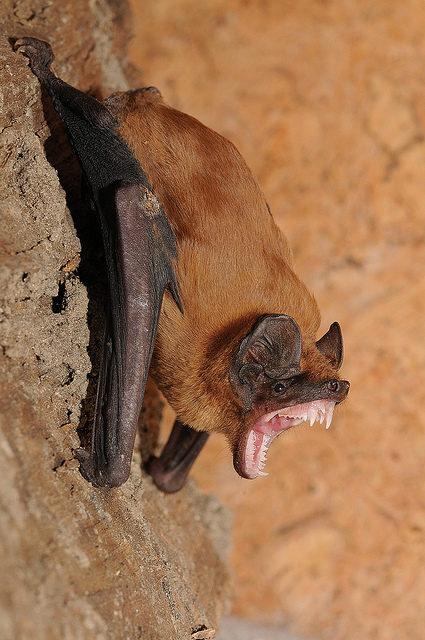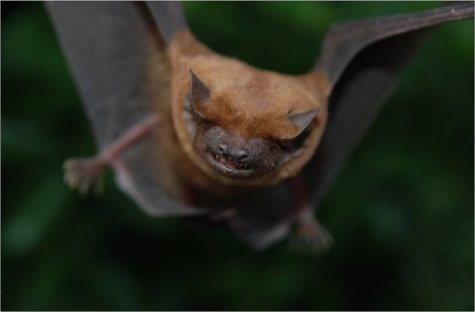Bat nights in Kadriorg park
From the organizers: Triinu Tõrv, MTÜ Suurkõrv
Photos: Jan Svetlik ja Triinu Tõrv
Photos: Jan Svetlik ja Triinu Tõrv
Translation: Liis
MTÜ Suurkõrv (NGO Long-ear) invites you to celebrate the International Bat Night.
At the end of August bat excursions are arranged in many countries world-wide. For the first time countries outside Europe join us too – so the former European Bat Nights have been renamed International Bat Nights:
http://www.eurobats.org/news_events/european_bat_night.htm
http://www.eurobats.org/news_events/european_bat_night.htm
The events will introduce bats and we will go out to observe and hear them. In Tallinn this time we will head for the Kadriorg park which is one of the Tallinn green areas with the greatest number of bats. Seven of Estonia’s twelve bat species have been seen and heard there. We will talk about these secretive night creatures and hear with a bat detector which species have arrived at the pond and in between the park trees to snatch insects.
The bat tours will take place in Tallinn in the Kadriorg park:
24.08 (Friday), 25.08 (Saturday) and 28.08 (Tuesday).
24.08 (Friday), 25.08 (Saturday) and 28.08 (Tuesday).
We start at the Kirdetiik at 21.30, duration about 1,5h. Please note! In case of rain the event will be cancelled.
Participation fee 2 €, 5 € for a family and the little ones we take along without charge.
Registration and info:
Triinu Tõrv
56 666 398
tttriinu@gmail.com
MTÜ Suurkõrv
http://nahkhiired.blogspot.com/
Common noctule; noctule bat Suurvidevlane Nyctalus noctula
The noctule bat is the largest bat in Estonia. Its wing span may reach forty centimetres, thus almost half as much again as for instance the wing span of the Nathusius’ pipistrelle. This big bat has ample weight too, almost "as much as a kohuke* “ or up to forty grams. Our other bats stay clearly below this weight.
The noctule bat has light brown smooth fur, the same colour on the belly as on the back. The face, ears and wing membranes are a little darker. The ear tragus has a typical mushroom shape.
The flight of the noctule bat is fast, up to 50km/h and straight-lined. The sudden steep downward dives in order to catch insects are characteristic. Often it flies high above stands of trees, so it is difficult to discover. The noctule bat comes to hunt near stands of trees and water bodies. Breeding colonies of the species are usually in tree hollows but sometimes the noctule bats also use ventilation openings of panel houses, and crevices and cracks on the undersides of large road bridges for hiding or wintering.
Low-pitched and long location calls are characteristic for the noctule bats. A human’s hearing extends to 20 kHz. The sonar of some noctule bats however goes to 18 kHZ; so children and young people with good hearing can hear the sonar of the noctule bar. For people with very sensitive ears the noctule bats’ sonar can even be painful heard nearby. The noctule bat’s sonar should be audible if the heterodyne electronic bat detector is held at 20 kHz.
The noctule bat occurs widely in Estonia but certainly is not a very common species. As a migratory species the noctule bat is found in Estonia only in the summer. For winter they migrate to Central and South Europe, flying more than one and a half thousand kilometres.
*kohuke (Estonian) – popular cheesecake-type sweet snack.










